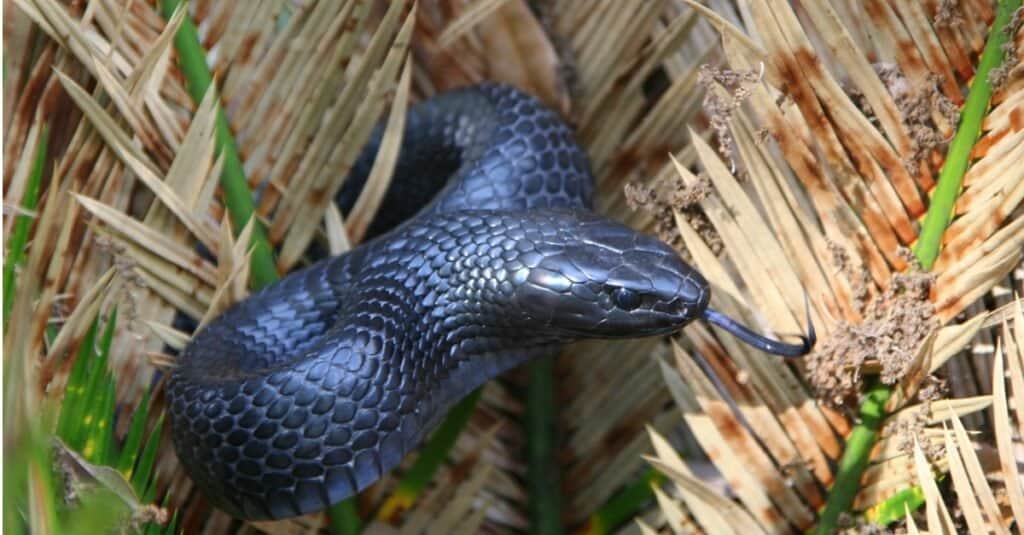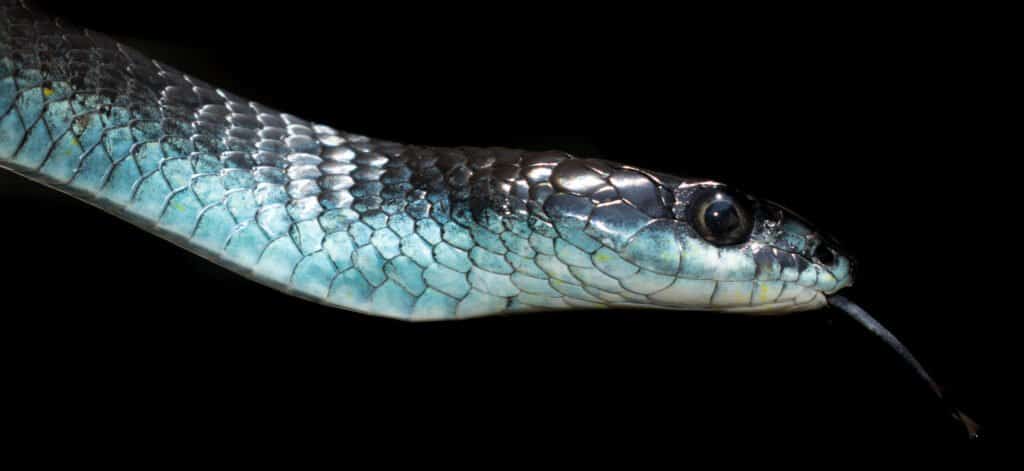Introduction
When it comes to venomous serpents, Australia is home to some of the most fascinating and dangerous types in the world. Amongst these, the Tiger Snake attracts attention not only for its powerful venom but also for its fascinating actions. Understanding the actions of poisonous serpents like the Tiger Serpent is important for both wildlife enthusiasts and those staying in areas where these serpents exist. This write-up looks into numerous aspects of Tiger Snake actions, habitat, identification, precaution, and emergency treatment methods in situation of a snake bite.
Understanding the Habits of Venomous Snakes Like the Tiger Snake
The Tiger Snake, clinically known as Notechis scutatus, is well-known for its hostile nature when threatened. These snakes exhibit a variety of habits that can be fairly various from their non-venomous counterparts.
Characteristics of Tiger Snakes
The Tiger Snake is quickly identifiable due to its unique bands or stripes that appear like a tiger's markings. They can vary in shade from yellowish-brown to dark olive or black. This coloration offers not just as camouflage yet also as a caution signal to potential predators.
Adaptability to Environment
One exceptional facet of their habits is their adaptability to various environments. Discovered primarily in seaside regions, marshes, and wetlands across Australia and Tasmania, they can prosper in varied habitats including metropolitan locations.
Hunting Techniques
Tiger Snakes are ambush predators mainly feeding upon fish, frogs, and tiny animals. They possess keen sight and an acute sense of scent which helps them in situating target effectively.
Venom Composition
Their poison includes neurotoxins that influence the nervous system, leading to paralysis or fatality in smaller sized pets. For human beings, immediate clinical interest is essential after a tiger snake bite because of its potentially deadly effects.
Natural Environment of Tiger Snakes
Preferred Locations
Understanding where these serpents stay clarify their behavioral patterns. The tiger serpent habitat Snake awareness Australia includes:
- Coastal regions Swamps Grasslands Urban locations with bountiful water sources
Seasonal Movements
During warmer months, Tiger Snakes are extra active as they bask in sunshine or hunt for food. In contrast, chillier months see them retreating right into hibernation sites.
Best first aid practices for Australian snakebitesAre Tiger Snakes Venomous?
Yes! The inquiry "are tiger serpents venomous?" usually emerges among those not familiar with this species. Their venom is thought about among the deadliest amongst all snake types worldwide.
Symptoms of a Tiger Snake Bite
If bitten by a tiger serpent, signs might include:
- Localized pain Swelling at the bite site Nausea and vomiting Sweating and confusion
Immediate medical help is essential as untreated bites can bring about extreme health difficulties or even death.

First Help for Serpent Bites: Quick Reaction Guide
Knowing just how to carry out emergency treatment for a snake bite can save a person's life. Right here's what you must do:
Step 1: Stay Calm
Keeping calmness aids decrease heart rate which lowers poison spread.

Step 2: Incapacitate the Influenced Area
Keep the influenced limb still and listed below heart degree if possible.
Step 3: Call Emergency Services
Always look for professional clinical help promptly after a serpent bite.
First Aid for Snake Bite Kit Essentials
A fully equipped snake bite emergency treatment kit need to include:

- A compression bandage Antiseptic wipes A set of scissors A cold pack
Safety Safety measures: Stopping Serpent Bites in Australia
Awareness Programs
Educating neighborhoods about neighborhood snake species and their actions can dramatically reduce experiences bring about bites.
Avoiding Unsafe Areas
Staying far from lengthy turf throughout warmer months decreases contact with snakes that could be relaxing or hunting.
Common Misunderstandings Concerning Tiger Snakes
Many people think misconceptions about the habits of tiger serpents result in unnecessary worry. Right here are some explanations:
Myth 1: All Tigers Are Aggressive
Not all tiger serpents will display hostility if left undisturbed; lots of like running away as opposed to confrontation.
Myth 2: They Chase Humans
Tiger snakes do not actively chase human beings; they may strike when they feel endangered but will generally pull back if offered space.
Conservation Efforts Related to Poisonous Snakes
Conservation initiatives focus on enlightening areas concerning securing local wild animals while decreasing human-snake interactions.
Importance of Ecosystems
Understanding that venomous snakes play an essential duty in preserving eco-friendly equilibrium aids foster admiration instead of anxiety in the direction of them.
FAQs Concerning Tiger Snakes
What must I do if I experience a tiger snake?- Maintain distance and slowly retreat without sudden movements.
- While bites aren't extremely usual because of recognition efforts, they still happen annually within Australia.
- Baby tiger serpents can provide full doses of venom in spite of being smaller; hence care is encouraged around them.
- They mainly consume frogs, fish, little creatures like rats, and various other reptiles.
- It's prohibited in a lot of jurisdictions without correct licensing as a result of security concerns concerning their venom.
- Wear strong boots and remain on marked routes; look before positioning hands or feet right into hidden spaces like rocks or logs.
Conclusion
Understanding the actions of poisonous snakes like the Tiger Serpent not just enhances our knowledge but also promotes safety understanding amongst those living near their environments. From acknowledging their characteristics, recognizing emergency treatment protocols following a bite, via involving preservation initiatives-- every facet plays a necessary duty in promoting coexistence with these remarkable reptiles while valuing their area within our ecosystem.
As we deepen our understanding through education and experience, we contribute favorably towards ensuring both human safety and security and wild animals conservation-- benefitting all events involved!
Visit this page